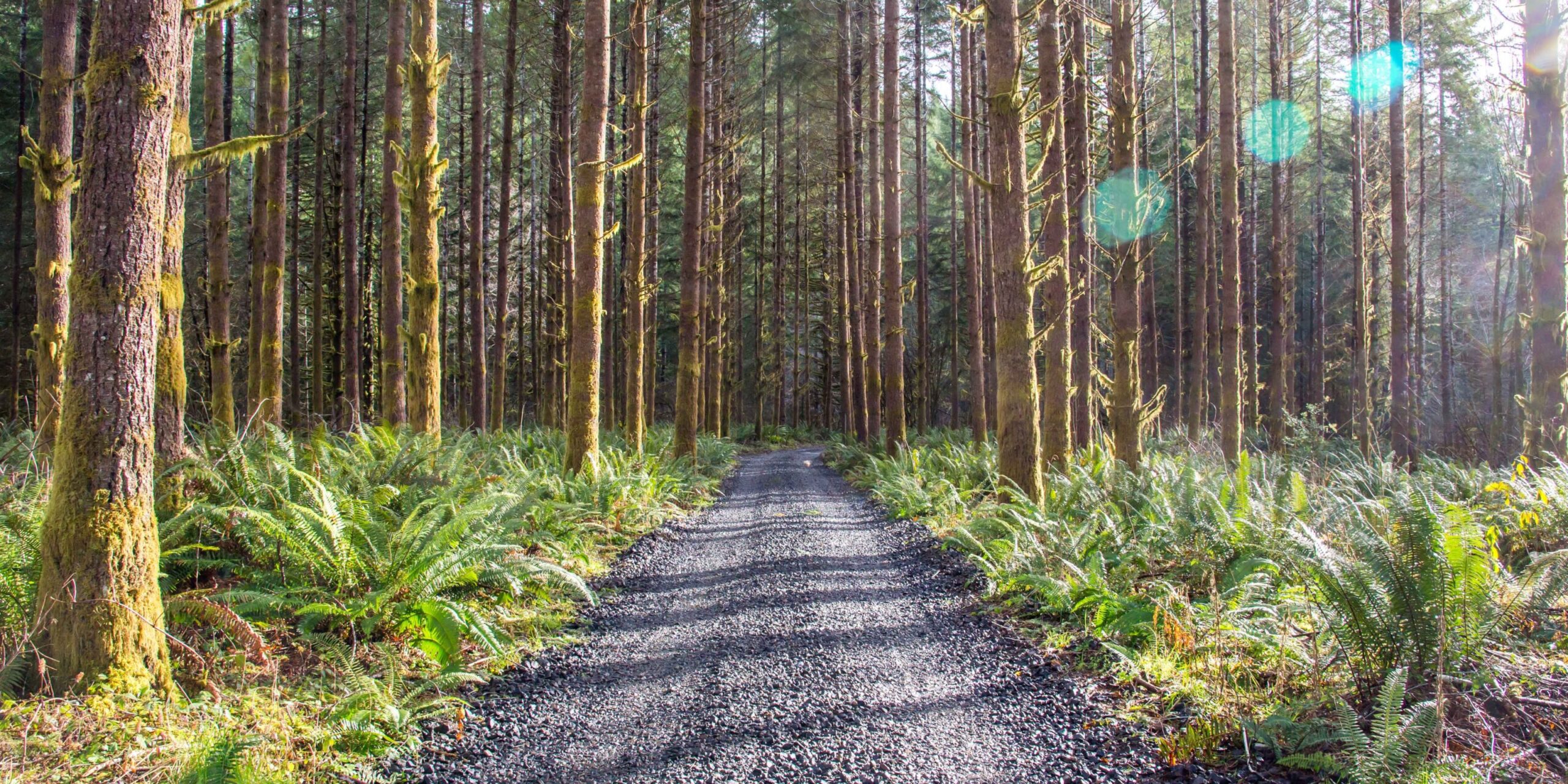
Work. Play. Renew.
Protecting Oregon’s Woodlands: Fire Prevention Measures in Forestry
Oregon forestry experts work to prevent wildfires so that Oregon can thrive. Responsibly managing forests benefits the health of the trees while also improving sustainability efforts and protecting the safety of nearby residents. Without actively managing forests, there is a greater risk of catastrophic wildfires. Fortunately, forestry experts utilize science-based tools that help them control the size and spread of wildfires and reduce the elements that fuel them.
Keep reading to learn how Oregon forestry is preventing wildfires to ensure healthy, thriving forests for future generations.
Understanding Forest Management and Wildfires
Weather, fuel and topography are three key elements that can affect a wildfire. Land managers cannot control the weather, but they can control fuel. Limiting fuel reduces the potential for devastating wildfires. Using well-planned and sustainable harvesting, tree thinning and controlled burns, land managers can reduce the excessive vegetation that creates fuel and significantly reduce their frequency and severity.
Forest management is incredibly important for maintaining public safety. When fires break out in actively managed forests, they are easier and quicker to put out. This can prevent a fire from turning into a catastrophic event. Managed lands also have an extensive network of well-maintained roads and water sources that help put out fires. This enables firefighters to have quick, easy and reliable access to the fire thereby improving containment efforts. This can reduce the rapid spread of wildfires and consequent harmful carbon emissions and toxic smoke.
In addition to the benefits mentioned above, managed forests also:
- Create renewable, carbon-friendly building materials
- Provide green jobs across Oregon
- Help forests adapt to changing conditions
- Protect neighboring property from megafires
- Improve air and water quality
- Help combat the effects of climate change
- Benefit wildlife habitats
Efforts to protect Oregon’s woodlands from wildfires are becoming increasingly important as wildfire seasons are starting earlier and lasting longer. A typical season lasts from August to early October. Now, with higher temperatures, lower humidity and continuous drought conditions, a wildfire season might start as early as May and last as late as November.
Fortunately, the forest management tools listed below can significantly mitigate risk and improve fire prevention.
Mechanized Harvest
Mechanized, or well-planned harvesting, removes trees for lumber production while reducing the amount of fuel available for potential wildfires. A harvest can be selective, only removing some of the trees, or can remove an entire stand of trees.
Not only does planned harvesting reduce excessive fuel, but it can also lead to renewable and sustainable timber practices. In Oregon, three or four trees are replanted for every one harvested. This makes timber harvested from these highly productive forests both sustainable and renewable.
Tree Thinning
Tree thinning selectively removes some trees in order to provide enough space for the remaining trees to thrive. Forest thinning can also remove smaller or weak trees that can fuel megafires. Eliminating unhealthy or dead trees protects a forest’s larger, healthier and therefore more fire-resilient trees.
Controlled Burning
Controlled burning, or prescribed burning, is when forestry experts work alongside fire officials and set planned fires in selected locations. Planned fires rid forests of flammable underbrush and debris, reducing fuel that feeds wildfires and preventing the risk of megafires. These prescribed burns are planned for cooler, wetter seasons when fires are more controllable.
Though it may seem counterintuitive, managed fires are actually very important for the ecosystem and healthy forest function. Ashes from controlled fires return nutrients to the soil, and the extra space cleared allows for more sunlight and room for young trees to grow healthy and strong. Some pinecones won’t even release their seeds until exposed to fire, making fire vital to the survival of their species.
Fire Breaks
Fire breaks are wide, open spaces cleared of vegetation by tractors and other heavy equipment. This cleared land is intended to stop the spread of fire by eliminating the vegetation that fuels it. Creating open space can act as a barrier by stopping or slowing the spread of fire.
A similar concept is adapted for home protection. Defensible space works similarly to a fire break by creating a buffer between your home or business and the surrounding trees, shrubs or woodland area. Keeping open space around your house can slow down the spread of fire and protect your home. As a rule of thumb, keep trees and vegetation 10 feet from buildings, power lines and other trees. Properly spacing planted trees reduces the spread of wildfires as well.
Prepare for Wildfires with Fire Prevention
Oregon forestry experts implement fire prevention methods that you can also apply. In addition to creating a defensible space for your home, you can also:
- Reduce vegetation: Clean out and remove flammable vegetation and debris. Without management, vegetation acts as fuel for fire.
- Monitor for pests and diseases: Forestry experts monitor forests for pests and diseases while you can monitor your property for the same. Pests and diseases compromise the health of trees, making them a source of fuel. Fertilizing also strengthens healthy trees, protecting them from fires.
- Select root rot-resistant trees: Choose trees less susceptible to fire and slow fire spread.
We all want to see all Oregon forests thrive. For more information on how managing our forests is crucial for securing a sustainable future, visit Oregon Forests Forever.